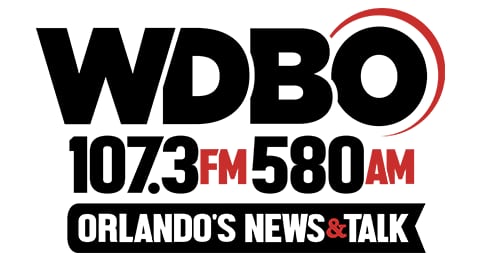Whenever a hurricane is poised to strike a region, there are several terms meteorologists use that might not be familiar.
Here are common ones you should know as you keep your eye on the storm’s path:
Feederband
Lines or bands of low-level clouds that move (feed) into the upper region of a thunderstorm, usually from the east through south.
This term also is used in tropical meteorology to describe spiral-shaped bands of convection surrounding, and moving toward, the center of a tropical cyclone.
Squalls
When the wind speed increases at least 16 knots and is sustained at 22 knots or more for at least one minute.
Storm surge
An abnormal rise in sea level accompanying a hurricane or other intense storm. The height is the difference between the normal level of the sea surface and the level that would have occurred in the absence of the cyclone. Storm surge is usually estimated by subtracting the normal or astronomic high tide from the observed storm tide.
Eyewall
An organized band or ring of clouds that surround the eye, or light-wind center of a tropical cyclone. Eyewall and wall cloud are used synonymously.
Sustained winds
Wind speed determined by averaging observed values over a two-minute period.
Computer models
Meteorologists use computer models to figure out a storm’s path and its potential path. The models are dictated based on typical weather patterns.
Advisory
Official information describing all tropical cyclone watches and warnings in effect along with details concerning tropical cyclone locations, intensity and movement, and precautions that should be taken.
Hurricane watch
An announcement that sustained winds of 74 mph or higher are possible. Because hurricane preparedness activities become difficult once winds reach tropical storm force, the hurricane watch is issued 48 hours in advance of the anticipated onset of tropical-storm-force winds.
Hurricane warning
An announcement that sustained winds of 74 mph or higher are expected somewhere within the specified area in association with a cyclone. Because hurricane preparedness activities become difficult once winds reach tropical storm force, the warning is issued 36 hours in advance. The warning can remain in effect when dangerously high water or high water and waves continue, even though winds may be less than hurricane force.
Cox Media Group











